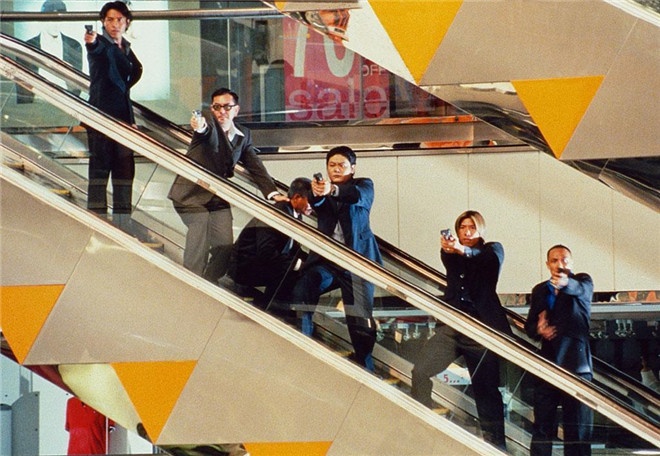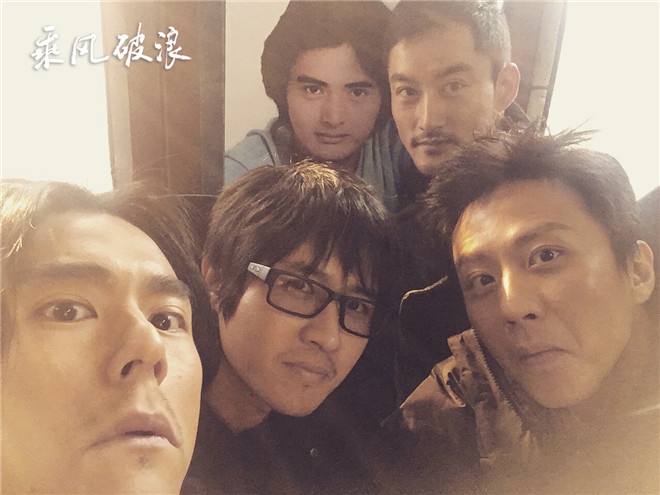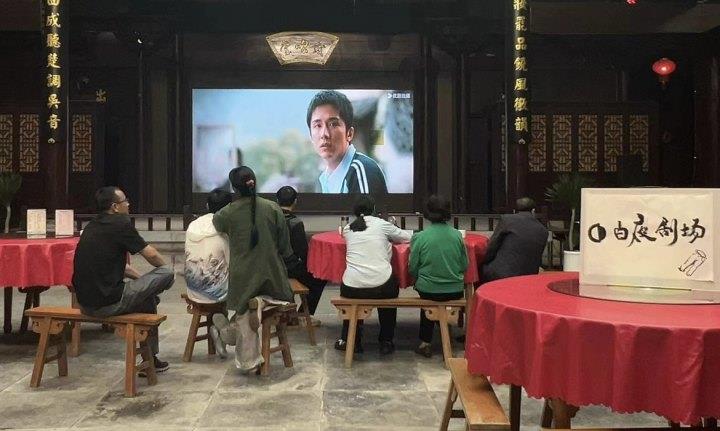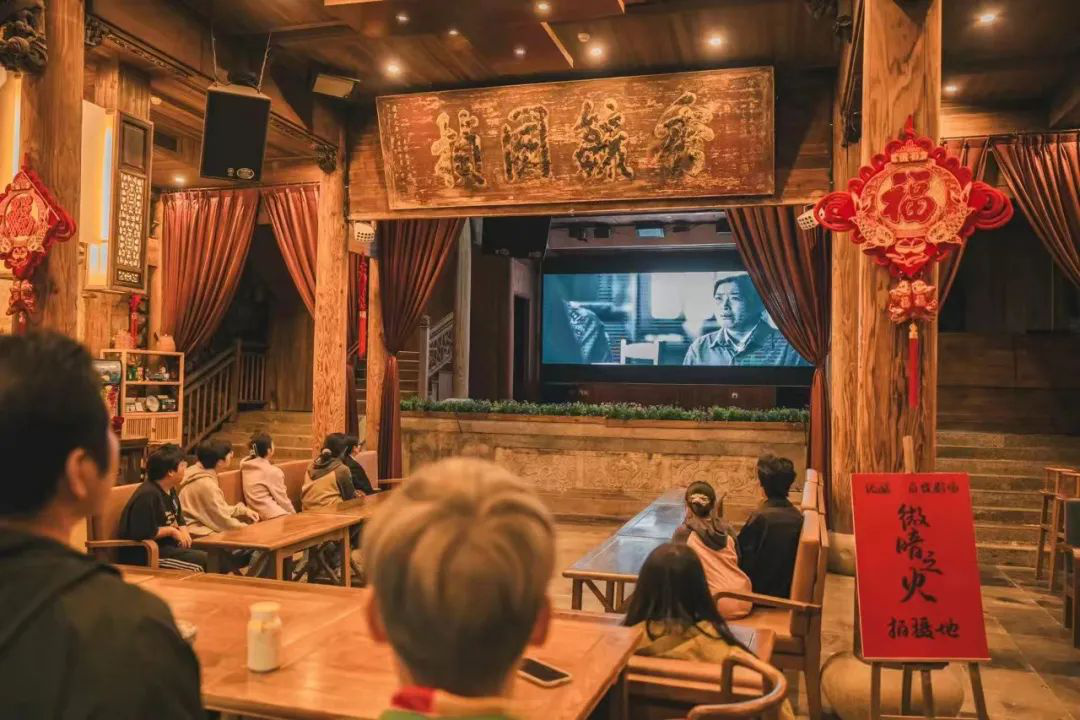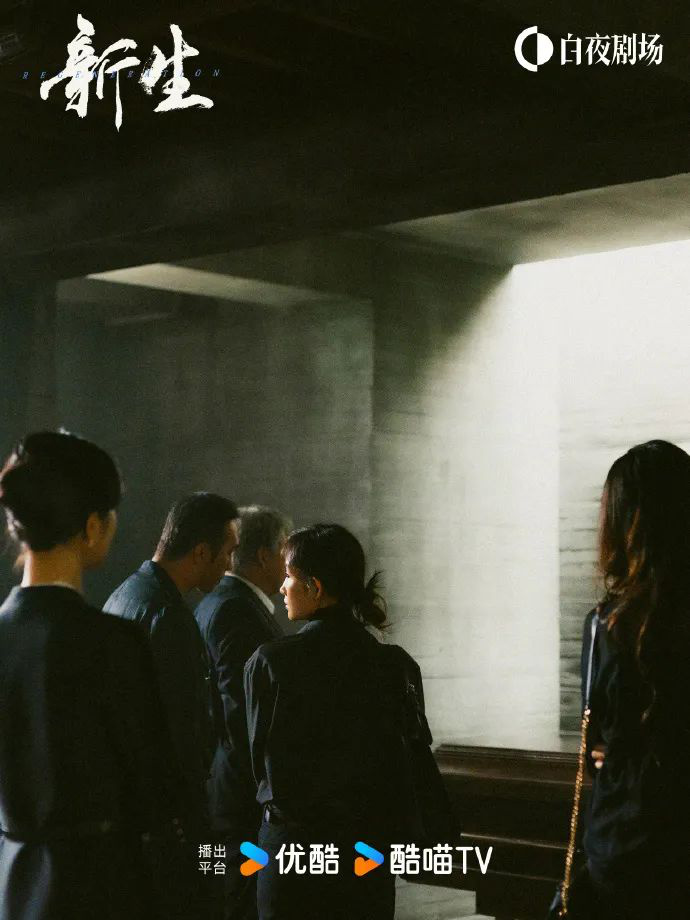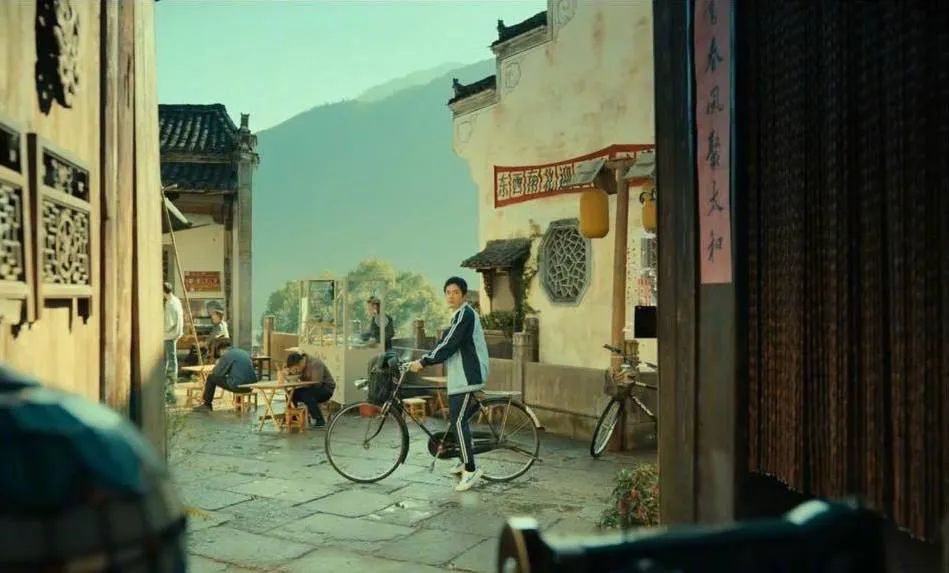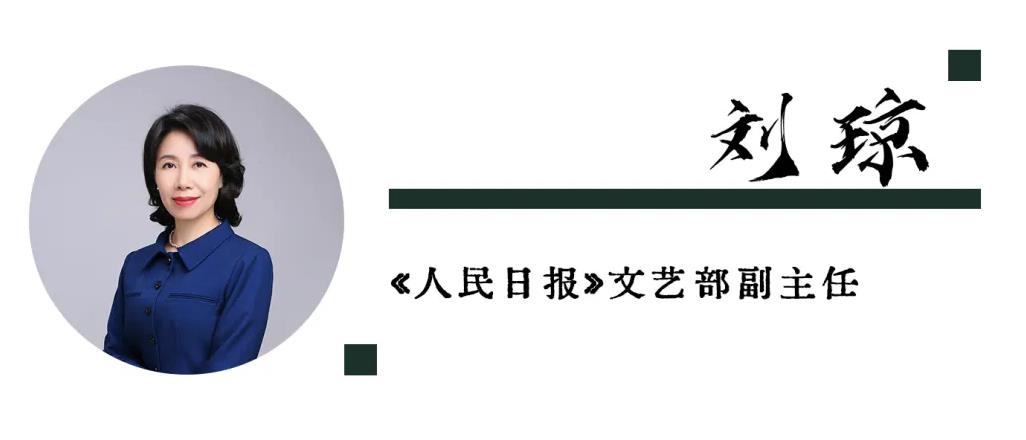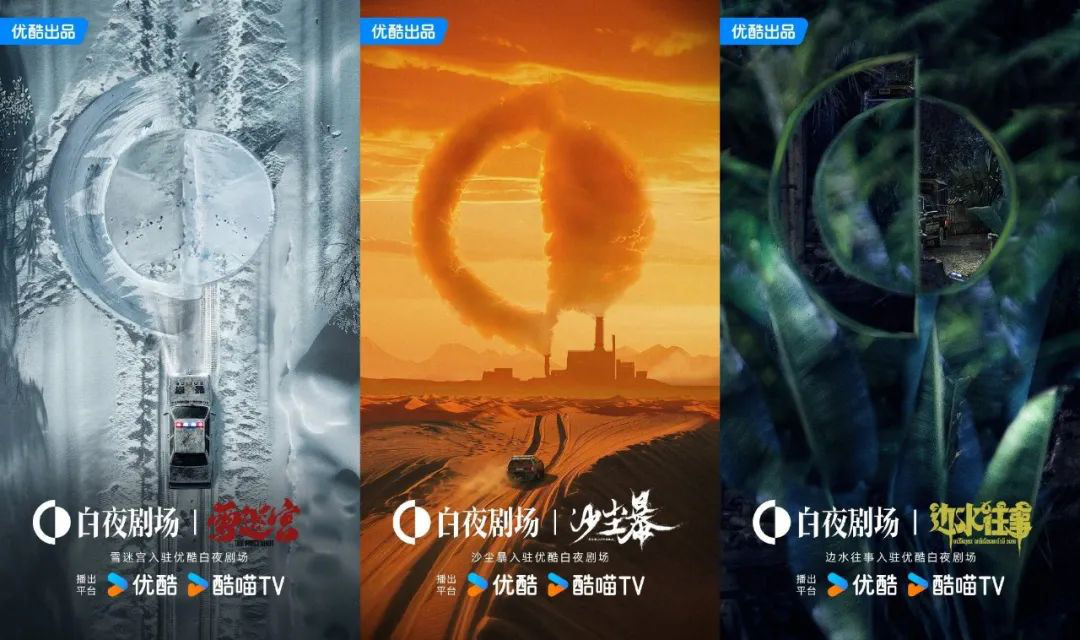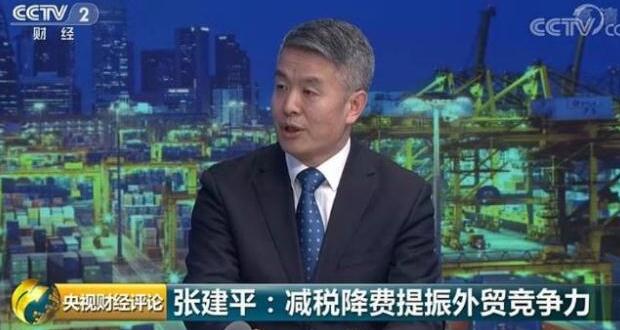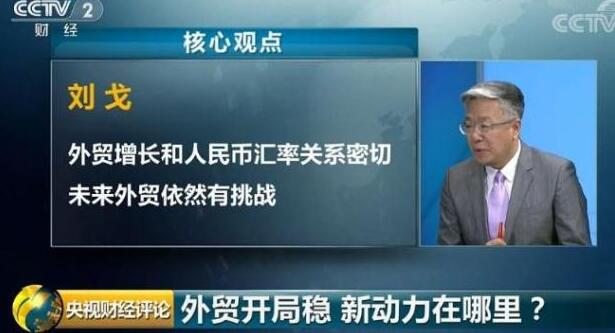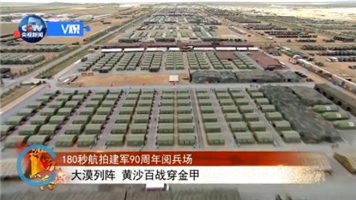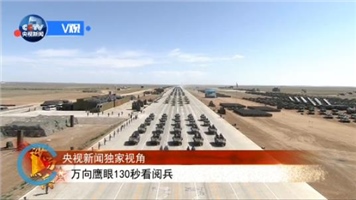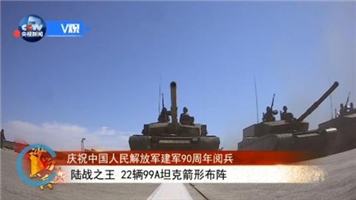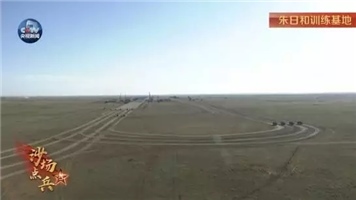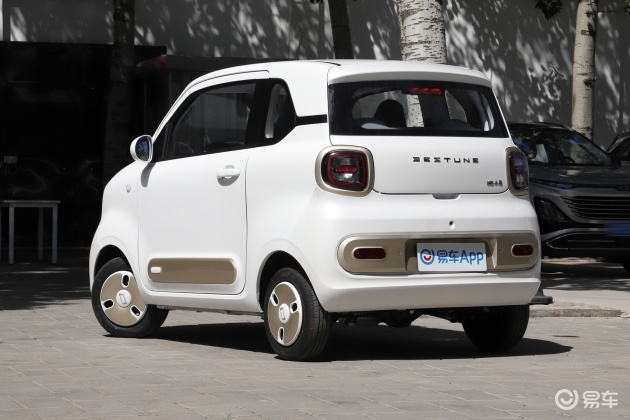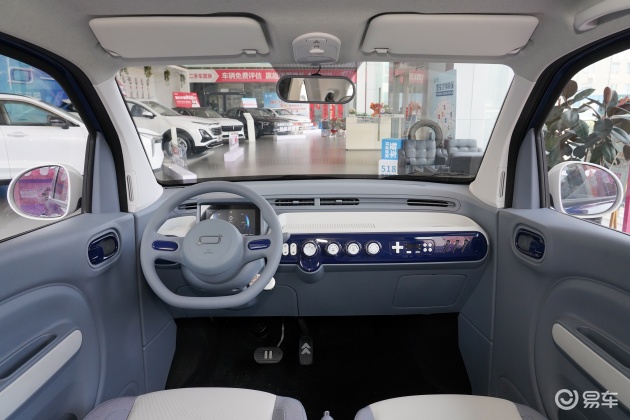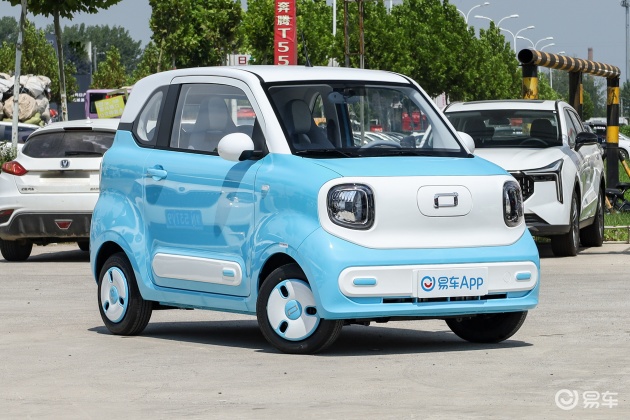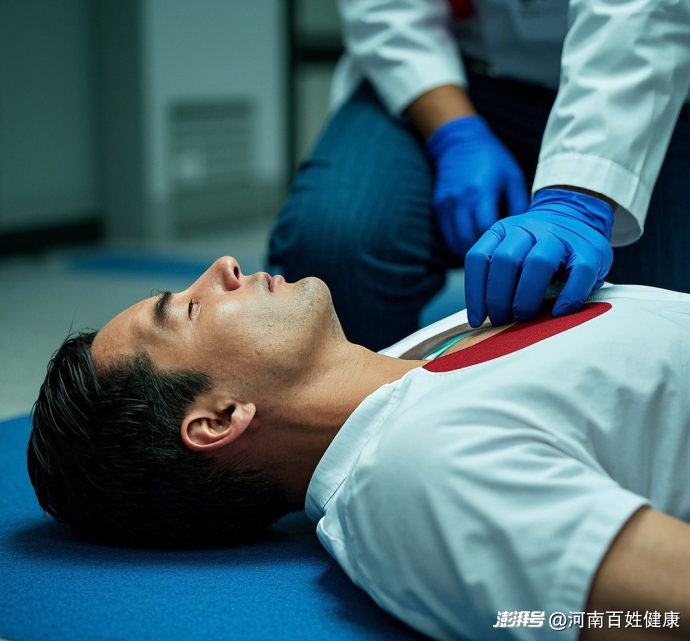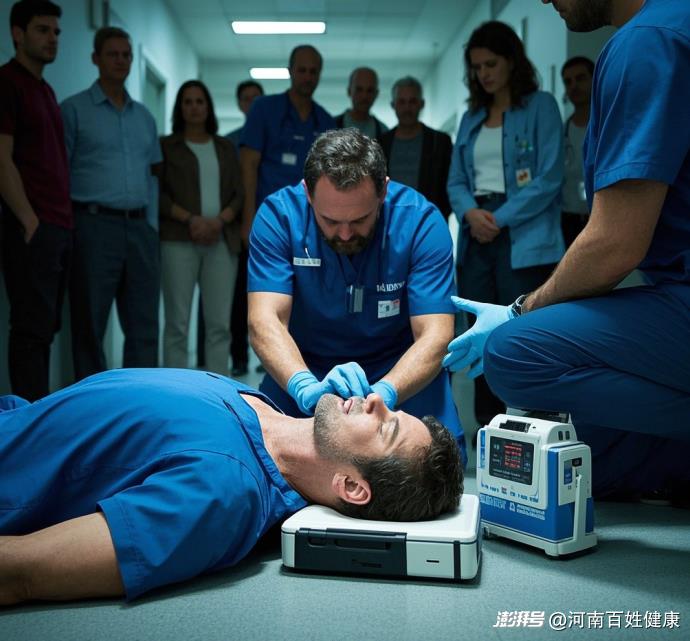Many letters have been lost. Those letters that have never been sent are scattered on various pieces of paper. Lu Fengxia sorted out the letters that could still be found and copied them in a notebook, a total of 14 letters.
On the road of finding children for 35 years, disappointment and pain that can’t be solved again and again are in my heart. In the dead of night, Lu Fengxia, who didn’t read much, didn’t know who to tell, so she spread out the paper and wrote it down crooked.
"Looking at WeChat in the middle of the night, I noticed that Guo Zhen found it. It’s great news. I’m really excited. The 24-year search for children is over, drawing a satisfactory full stop.Alas, I’ve been looking for my son for 35 years, and I’ve eaten all the hardships in the world, and I’ll continue to look for my son …"
This is Lu Fengxia’s latest letter to his son. The signature is July 13th.
She saw the news on her mobile phone, and the prototype Guo Gangtang, the hero of the movie Lonely Lost, found her son Guo Zhen who had been lost for 24 years. In order to find his son, Guo Gangtang rode a motorcycle, traveling more than 500,000 kilometers in 24 years, sleeping in the wind and eating, and running around day and night. In 2015, The Lost Orphan starring Andy Lau was released, which aroused great social repercussions.
On July 15th, 58-year-old Lu Fengxia sat on the sofa in an old residential building in Zaozi Lane, Chengdu, facing an interview with a red star journalist, and her tears could not stop flowing. Outside the window, the rain was scratching, and her husband stood beside him, silent …

In order to find her son, Lu Fengxia made many posters.
"lost child"
Searching for children again and again is fruitless.
She had to write down her pain and thoughts.
In the winter of 1986, after her 1-year-old and 9-month-old son was lost in Santai County, Sichuan Province, Lu Fengxia, like Guo Gangtang, traveled all over China in the past 35 years.
It was particularly cold that winter, and it rained endlessly.
Lu Fengxia still remembers that she searched in the country with a deep foot and a shallow foot, and often fell into mud. She searched all the cities and towns near her hometown, and stayed at the railway station and bus station.
In the vast sea of people, her son disappeared from her life, and the originally calm, happy and hopeful family suddenly fell into a bottomless whirlpool.
"Zeng Wenhao was born on March 26th, 1985, on the sixth day of the second lunar month. On August 10, 1986, I took it back to my grandmother’s home in Santai County … My uncle was abducted and disappeared when he took it to the street to play. At about 3 pm on December 9, 1986, he was just one year old and nine months old. He still couldn’t speak, and he didn’t have a birthmark on his body, but there was a less obvious birthmark on his back. "
This is Lu Fengxia’s first letter to his son, dated January 26, 1987.
At that time, both husband and wife worked in Liangshan Prefecture, Sichuan Province. Her husband Zeng Hongwen worked in the geological team and Lu Fengxia worked in the shoe factory. The child has been raised by Lu Fengxia since she was born. She wants to earn more money by going to work, so that she can buy some nutrients for her children and add something new to her family at the end of the year. So, she sent the child back to her hometown in Santai County, Mianyang, and asked her grandmother to take care of it.
But more than three months later, my hometown sent a telegram: something happened to the doll.
After receiving the telegram, Lu Fengxia thought that the most serious situation was that the child was sick or had a car accident. The couple rushed back to Santai County from Liangshan Prefecture overnight. After learning that the child was lost, she was relieved. "Nothing, you can still find it …"
But this search is 35 years.
I searched the streets and alleys of Santai County, and I also searched the surrounding towns and cities. As time went by, the scope of search became larger and larger, going north to Shandong and south to Guangdong and Guizhou …
I went out to look for it again and again, and I was disappointed again and again. In the dead of night, she faced great pain and had nowhere to tell, so she found a piece of paper and began to write to her son.

Write a letter from Lu Fengxia to his son.
She wrote down her thoughts and guilt about her son and her pain and suffering. She doesn’t read much, and it’s hard to write, but she has no other way. She wants to write something to her son, or she just wants to express her pent-up pain.
It’s time for her son to go to primary school, middle school and college. She writes to her son.
I don’t know where these letters are sent, but they are left behind in the dust of time. Until last year, when she tidied up the room, she copied some of the letters she found in her notebook. She said that she would show her son when she found her son later.

Write a letter from Lu Fengxia to his son.
Xunzi
Learn to "rub hot spots" to expose yourself
Also become volunteers to help others reunite.
"I feel very heavy today, and I miss my son again. I have sent so much information, but there is no reply. Is this life missed? Mother don’t do (gan) heart … "
This letter was written on July 20, 2019.
On June 8 this year, the abduction office of the Criminal Investigation Bureau of the Ministry of Public Security made a live broadcast of Sichuan Suining Branch. Lu Fengxia and her husband Zeng Hongwen drove to the scene together. As a volunteer, Lu Fengxia helped a mother and son who had been separated for 31 years to reunite, and they were invited to participate in the activity.
Lu Fengxia and Zeng Hongwen wore T-shirts with information about their son’s disappearance and posters. Seeing other people’s mother and son know each other, Lu Fengxia also cried with joy. During the media interview, she quickly showed her son’s information, and when she talked about her son, tears came to her eyes.
In the face of inquiry, she took pains to tell the details of her son’s disappearance and the characteristics of her body. She frequently participates in all kinds of activities to find and recognize relatives. She is both a relative seeker and a volunteer.
Beginning in 2018, on the way to find her son, Lu Fengxia joined several volunteer teams to find relatives. There is no news from her son, but she has helped eight or nine separated families reunite with other volunteers.
She can’t miss any chance to find her son. In April this year, Brother Lamian Noodles in Shandong became popular on the Internet, and Lu Fengxia rushed to Brother Lamian Noodles’s home with several parents looking for relatives in order to "rub hot spots". Early in the morning, she began to "wait for the scene" to find the best position in order to increase the exposure under the lens of many media and network anchors.

Lu Fengxia has made many posters for seeking children.
Over the past 35 years, from posting searching for you on the streets and lanes, to looking for people in newspapers, radio and television, and now to WeChat, Weibo, Tik Tok and Aauto Quicker … Lu Fengxia has been constantly learning and using all available conditions to find her son.
She slept on the street, spent time in bridge opening, and met a liar. At the beginning of this year, a man who claimed to be suspected of her son often sent her messages in the middle of the night, and talked until late at night. Later, the other party asked her to send money to do DNA identification, and she transferred to 500 yuan to give it to the other party, but eventually it went away.
In order to facilitate the search for children, Zeng Hongwen bought an inexpensive off-road vehicle after retirement. When going out, the couple are often reluctant to stay in the hotel, and sometimes they spend the night in the car. 62-year-old Zeng Hongwen drove alone. Last time he went to Shandong to find "Brother Lamian Noodles", he left before dawn. When he was tired, he took a rest in the service area and then continued on his way.
The couple can’t say exactly how many places they have been, but what is certain is that they have traveled all over China.
"Where she decides to go, we will go, always leaving." Zeng Hongwen told the Red Star journalist that over the years, Lu Fengxia has been running around, and all he can do is silently support his wife and accompany him all the way.
 Photo of Lu Fengxia’s son when he was a child
Photo of Lu Fengxia’s son when he was a child
change
Never had a reunion dinner with my daughter.
I was once deadlocked with my mother-in-law.
The couple still live in the old house in the dormitory of the unit, with the ground floor and simple furnishings.
"If the son is not lost, this family should be different." Lu Fengxia often imagined how wonderful it would be for a family to reunite. Two years after the loss of their son, the couple gave birth to another daughter. But over the years, the family has never had a reunion dinner together and taken a family photo.
During the Chinese New Year, Lu Fengxia often goes to the nursing home to volunteer. She thinks that if she does more good deeds, she may be rewarded by the reunion of mother and son.
The family kept their mouths shut, and the daughter didn’t know from relatives that she had a lost brother until she was in middle school. She told the Red Star journalist that her mother always kept her under strict control, and her mother was always "stuck" where to go and when to go home.
When her husband goes to work, Lu Fengxia looks after her daughter alone. She wants her daughter to grow up in a normal family atmosphere, but obviously, it is difficult for her to do so. Every time she went out to look for her son, she quietly walked away and quietly returned. When my daughter was in high school, she once had a quarrel with her and suddenly asked her, "You only have your brother in your heart, so you want to find him."
Lu Fengxia suddenly froze. She was so sad that she didn’t know how to explain it to her daughter. She felt sorry for her daughter, didn’t take care of her wholeheartedly, and even couldn’t have a reunion dinner with her daughter because she couldn’t face the loss of her son.
Until the daughter got married and had children, one day she offered to help her mother send her brother’s information online and tell her how to use the internet to find it.
Lu Fengxia suddenly burst into tears, and she felt that her daughter finally understood herself.
"Mom is a capable and hard-working person." The daughter told the Red Star journalist that over the years, her parents have been looking for her brother, and she also wants to help her parents. "They have suffered so much and their strength is so weak."
After the loss of her son, Lu Fengxia quit her original job, doing odd jobs intermittently, setting up stalls, selling lunch boxes and fruits … just to find her son at any time. The family is under great economic pressure, and most of them are supported by Zeng Hongwen’s salary.
After having a daughter, she took care of her daughter wholeheartedly, but she didn’t get out of the pain of losing her son. She once complained that her mother-in-law did not do her duty, and her relationship with her mother-in-law was very stiff, and even she almost divorced her husband.
Later, she thought, to keep a complete family for her son, and she hoped that when his son came back, he would see that the family had a good life.
The summer after the child was lost, the child’s little uncle went to the river to take a bath and unfortunately drowned. The spirit of parents-in-law was hit hard again, and after a few years, they passed away with regret.
Lu Fengxia’s mental state has always been bad, and her life is in darkness, which she can’t face and can’t avoid. In addition to taking care of her daughter at home, she often doesn’t want to go out. Sometimes when she sees other children on the street, she will suddenly think of her son and get out of control.
In the suffering day after day, she had to convince herself to live well. She said, "I want my son to know that my mother has been waiting for him and looking for him."
keep watch
I firmly believe that miracles will happen to me.
"Son, mom wrote to you again."
On the evening of July 19th, a publicity campaign to find relatives and prevent abduction organized by Lu Fengxia was held in a community in Chengdu. The couple made careful preparations and rushed there with posters and video materials.
However, the weather was not beautiful, and it suddenly rained heavily in the middle, so the activity had to be suspended in advance.
"It’s so sad, sometimes it’s too difficult to do something." Lu Fengxia was helpless. The event was originally scheduled for the evening of July 16th, but it was moved to July 19th because of the rain.
Her mobile phone is always busy, and there are still many young people who are looking for relatives in reverse. These young people know the story of their abduction, but they don’t know where their biological parents are.They found Lu Fengxia, who became their bridge, and then fed back the information to various channels for finding relatives.
They call her "Mama Lu". Her heart was warm, and she said that she would be their mother for the time being. "These children are also suffering. I will return them to their biological parents when I succeed in recognizing my relatives." At present, "Mama Lu" has helped more than 100 children to complete blood collection and storage, some children have found their ancestral homes, and some children are successfully docking.
At home, she changed an aisle into a bedroom to facilitate the reception of visitors. Some foreign volunteers or relatives come to visit, and she always enthusiastically helps them to live at home.
She saw one separated family reunited, and she was more convinced that miracles would always happen to her. She said that her son must not know his life experience, and his adoptive parents didn’t tell him or gave him wrong information. She said that if her son knew, he would definitely come back for her.

Write a letter from Lu Fengxia to his son.
"Son, mom misses you so much. Today is 33 years since you left mom. It’s hard to express how much you miss your son … Son, mom wants you to live a safe and happy life. Although this life is missed, I pray for you every day. My mother is getting older and older, so it’s hard to write letters in the future. My eyes are not very good. I miss my son in my heart …"
This is a letter written by Lu Fengxia to his son on April 12, 2019.
Lu Fengxia said that after searching for a child for so many years, I sometimes feel desperate, but I will soon "recover." She said that she must look for it and can’t stop. That is the only choice to support herself in the future.
"Son, mom wrote to you again today. It will be soon this year …"
There is a letter that has not been finished. Lu Fengxia can’t remember when she wrote it. She has a lot to say to her son, and sometimes she doesn’t know where to start.
Original title: the real dispersion behind the Sichuan version of Loneliness: 35 years of searching for a son, 14 letters written by a mother to her son …
[Disclaimer] Manuscripts that are not marked "Source: Upstream News-chongqing morning post" or "Upstream News LOGO, watermarked text, pictures, audio and video" on the upstream news client are all reposted. If the reposted manuscript involves copyright issues, pleaseContact upstream.
